If you’re thinking about putting up a fence around your yard, you might be wondering just how deep you need to dig those fence posts.
Setting up a fence may seem simple, but it’s essential to dig the right deepness for your fence posts to make sure your fence stays strong and lasts a long time. We’ll break down the process of determining how deep to dig for your fence in a simple and easy-to-understand way.
We’ll explain the key factors that affect the deepness, such as the type of soil you have, the height of your fence, and local weather conditions. You’ll have the knowledge you need to ensure your fence stands strong and secure for years to come.
So, let’s get started on your fence project.
Gather Your Tools and Materials
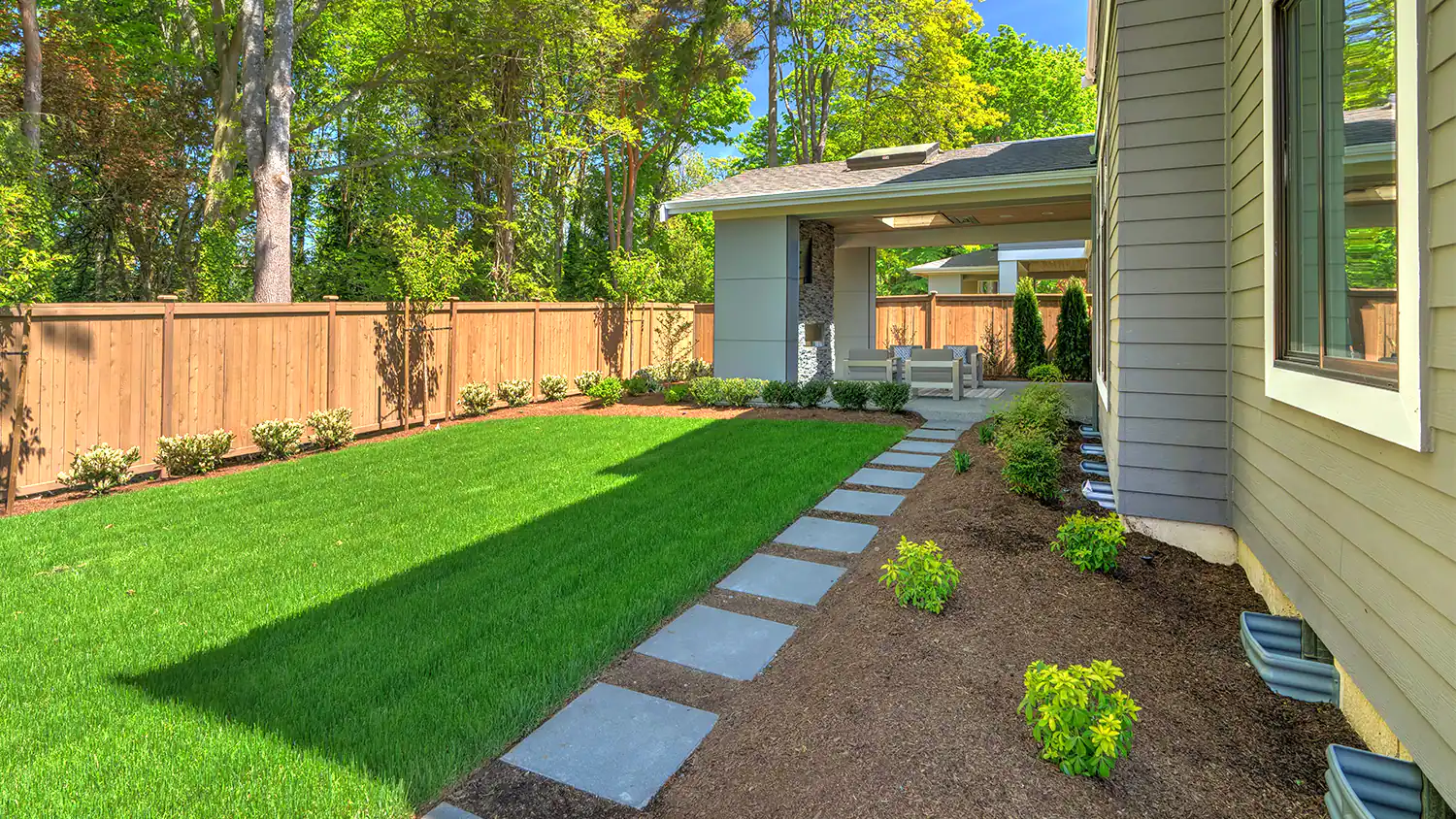
- Post Hole Digger
- Shovel
- Tape Measure
- Level
- String Line and Stakes
- Wheelbarrow or Bucket
- Safety Gear
- Concrete Mix
- Gravel or Drainage Material
- Post Caps or Toppers
- Saw
- Rake and Hoe
Soil Type
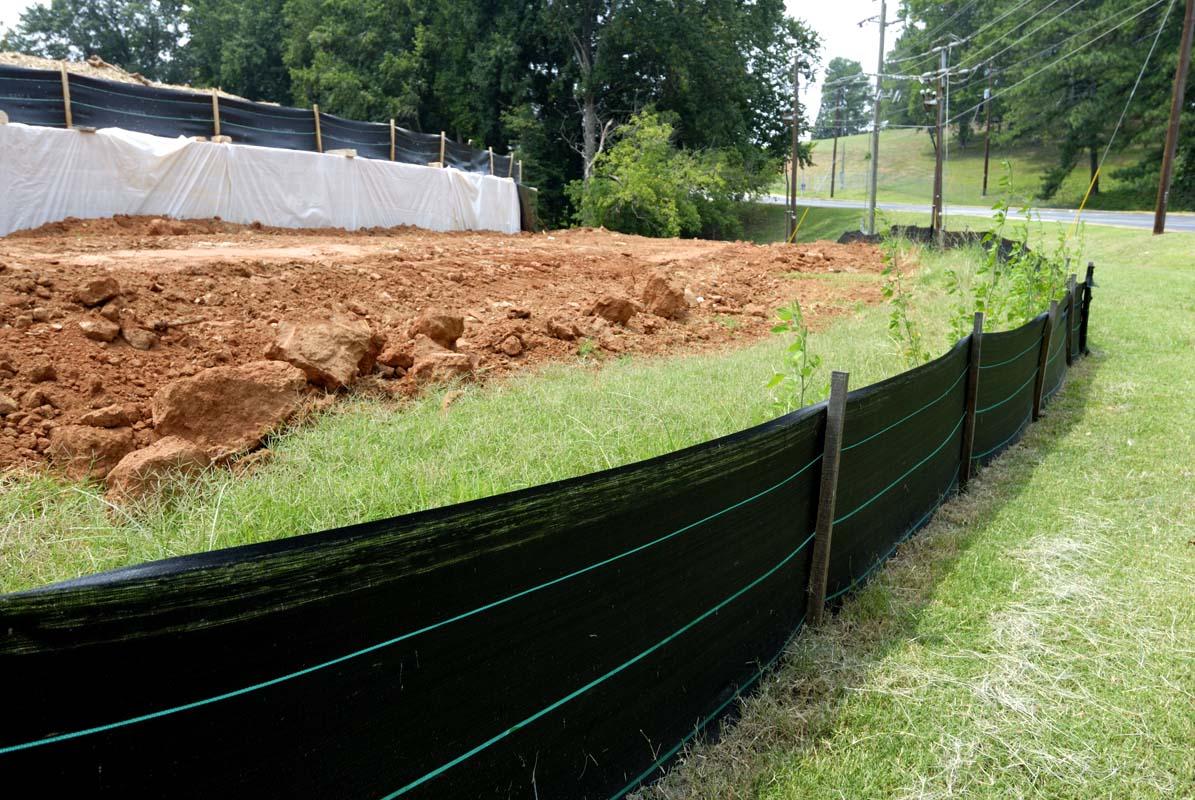
The type of dirt in your area affects how you should dig holes for your fence posts. Some dirt is loose and sandy, while others are dense and clay-like. If the dirt is loose and sandy, dig deeper holes for your fence to stay strong. If it’s dense or clay-like, you don’t have to dig as deep because it already gives good support.
To know the right deepness for your fence posts, ask a local soil expert or a fencing pro who knows your area well. They can check your dirt and tell you how deep to dig. Getting the right deepness is super important to keep your DIY garden fence strong and safe, so don’t be afraid to get some expert help.
Local Building Codes
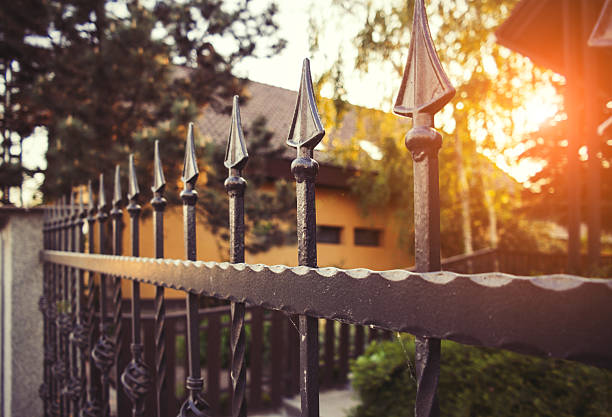
Before you begin digging holes for your fence, it’s important to know the local rules in your area. These instructions tell you how deep your fence posts should go. They’re there to make sure your fence is strong and safe. Different places may have their own specific rules; they’re just there to keep everyone safe and things in order.
Not following these rules can lead to fines, and that’s something you want to avoid. In the worst case, you might even have to redo your whole fence if it doesn’t meet these local rules. So, before you grab your shovel and start digging, it’s a good idea to look into these local rules. It’s a simple step that can save you from much trouble later on. By following these rules, you can ensure your fence stays strong and safe for a long time.
Frost Line
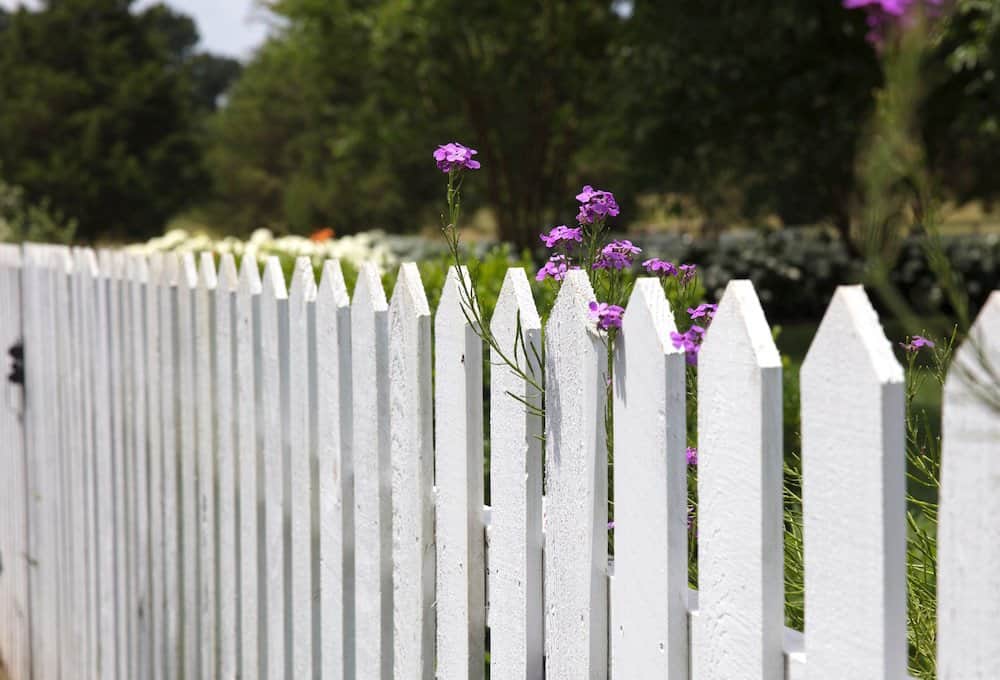
In really cold places, there’s something important to remember when building a fence: The frost line. This is how deep the ground freezes in winter. To keep your fence posts from coming loose when the ground freezes and thaws, dig deeper than the frost line. The frost-line deepness isn’t the same everywhere. It changes depending on where you live. So, what should you do?
Ask local experts or look up local information to determine how deep you should dig your fence post holes. They’ll tell you the right deepness for your area. This way, your fence will stay strong and not wobble, even when winter brings its icy weather. So, before you build your fence, take a moment to find out how deep to dig, and you’ll save yourself a lot of trouble later on.
Fence Height
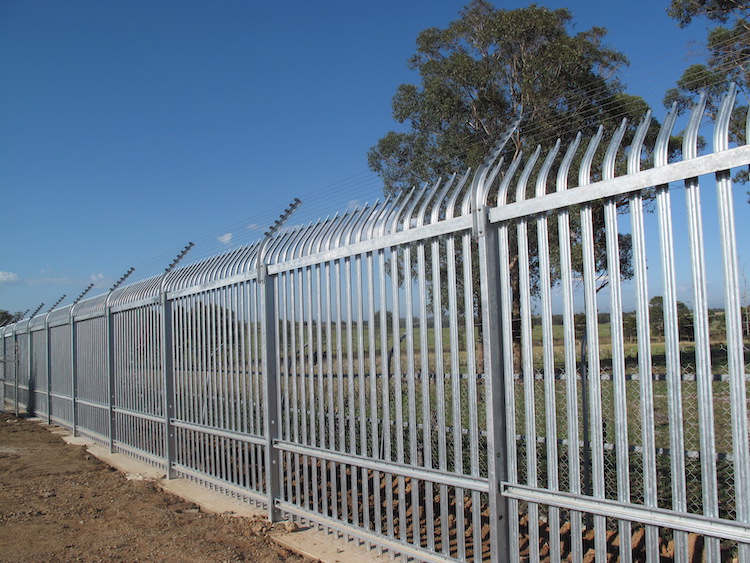
The height of your fence can really affect how strong it is. So, if your fence is taller than 6 feet, you should dig deeper holes, maybe around 3 to 4 feet deep. This way, the posts go in nice and deep, and your fence won’t shake much, even when it’s windy. When you’re planning your fence, especially if it’s going to be a tall one, always remember to dig those holes deep.
This will make sure your fence not only looks good but also stands strong, even when it’s windy outside. A securely stuck fence in the ground will stay tough and strong, no matter the weather. So, deep holes for tall fences are the way to go.
Use of Concrete
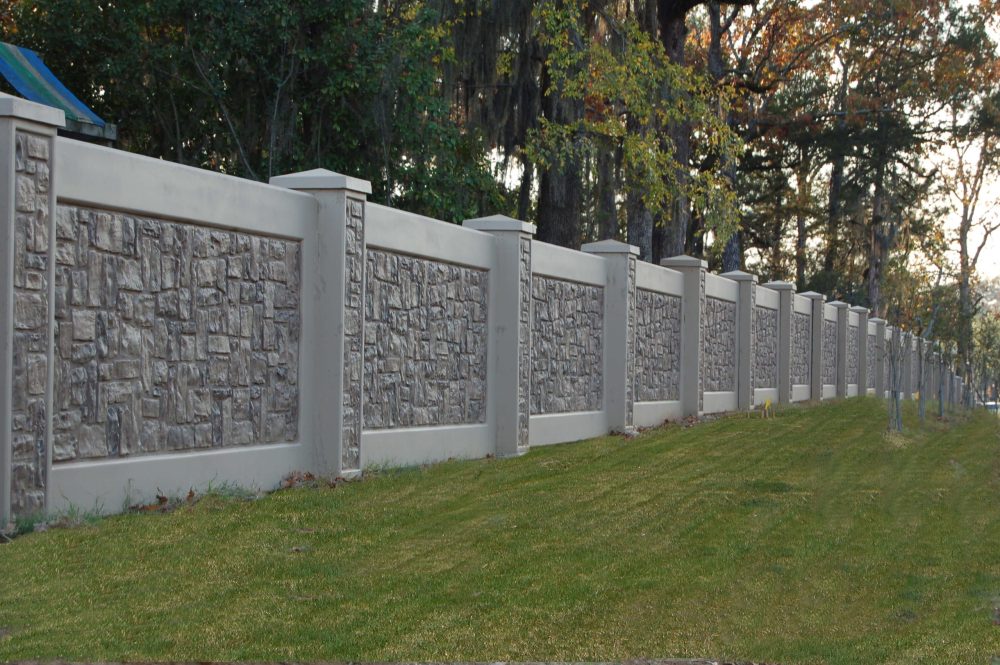
When you’re setting up a fence, using concrete to keep the posts steady is a good idea. Concrete makes the fence strong and long-lasting. When working with concrete, think about how deep it needs to go when you’re digging holes for the posts.
To make sure your fence stays straight and doesn’t wobble or tip over, especially when it’s windy, or the ground shifts, the part of the post buried in the ground (that’s called the concrete footing) needs to go deep enough.
So, before you start, figure out the right deepness for your post holes and the concrete. This way, your fence will not only look nice but also stay sturdy for a long, long time on your property.
Conclusion
When it comes to digging a hole for a fence, it’s not too complicated. You don’t need to dig super deep, just deep enough to make sure your fence stands strong and tough. The deepness you should aim for depends on the type of fence you’re installing. For small garden fences, a hole about 1 to 2 feet deep should do the work.
If you’re putting up a taller fence, like for privacy or security, aim for holes around 2 to 3 feet deep. Check local regulations and guidelines, as they might have specific requirements for fence deepness.
With a little digging and a lot of common sense, your fence project will turn out just fine.

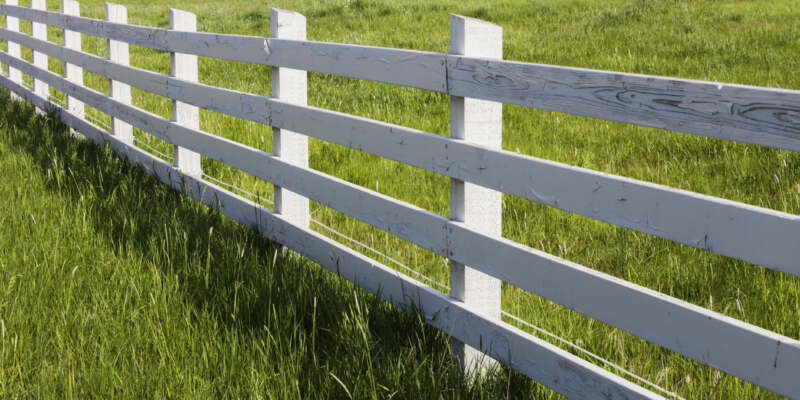


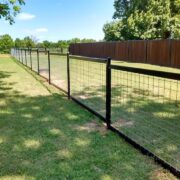



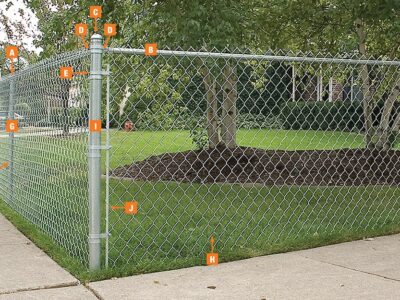
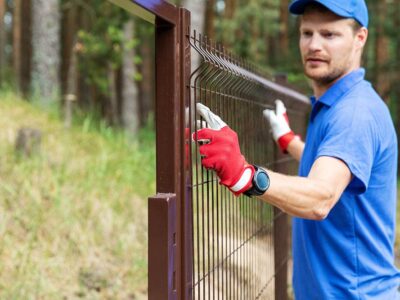
Comments